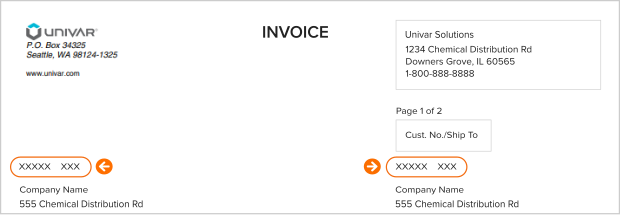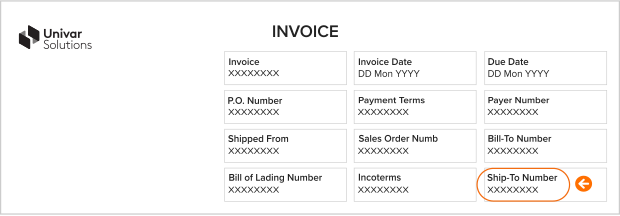We’re here to provide you with more information or help answer any questions you might have. Send us a note and we’ll get back to you as soon as possible.

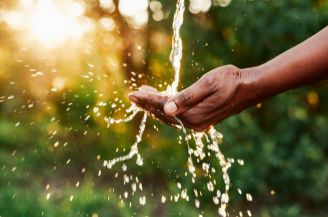
Compliance solutions for 1,4-dioxane-free cleaning formulation challenges
Formulating away from 1,4-dioxane without sacrificing efficacy
Cleaning product manufacturers are on high alert since New York regulators have enforced the reduction of 1,4-dioxane levels, effectively banning all but trace amounts of this potentially harmful ingredient to protect consumers and groundwater supplies. As a result, home cleaning and personal care products sold or distributed in New York must register levels below 2 parts per million (ppm) by the last day of 2022 and 1 ppm by the end of 2023.
As the cleaning industry moves to reduce 1-4-dioxane levels by 2022, now is the time to talk about alternative solutions for your cleaning products.
How it works: 1,4-dioxane in cleaning products
While not intentionally added to cleaning products, 1,4-dioxane is created during the manufacture of ethoxylated chemicals, including surfactants. Commonly found in cleaning products that foam or suds, such as hand soaps, dishwashing liquids and laundry detergents, ethoxylated surfactants can function as cleansers, emulsifiers, solubilizers and foaming agents.
Manufacturers add ethylene oxide to the molecule – called ethoxylation – because the compound's "water-loving" properties provide greatly improved performance where water and oil would not typically interact well. The ethoxylation process also allows formulators to temper some conventional cleaning ingredients – such as to produce a gentler skin reaction or a more appealing texture – albeit with the unintended consequence of the residual 1,4-dioxane.
As the industry races to navigate the fast-approaching deadline, here’s important information from our technical experts to help you understand and mobilize for the challenge, achieve better outcomes with lower-dioxane formulations, and perhaps even optimize your product line in the process.
Q&A with Allison Hunter, technical services manager at the Univar Solutions Houston Solution Center, addressing formulation challenges and considerations.
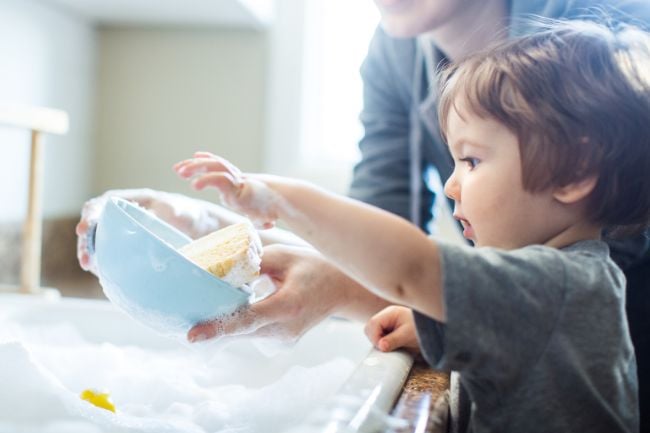

As a scientist straddling both the commercial and technical challenges of these new lower levels, how do you gauge the urgency for manufacturers?
Technical Services Manager Allison Hunter: Manufacturers need to act now, because the urgency exists on two fronts: First, while some products with low levels of ethylene oxide might remain compliant, a vast majority of products across the supply chain will fall above the new thresholds and require adjustment. With additional and stricter regulations expected as more regulators and governments move to protect consumers and water supplies, cleaning brands using ethoxylated surfactants would be wise to formulate away from 1,4-dioxane or eliminate it now.
Second, once a calculation shows a reformulation is necessary, the steps and time involved to achieve compliance go beyond the time to reformulate or adjust levels, even for seemingly simple changes. In addition to creating the new formula, formulators should allow adequate time to confirm efficacy and perform stability and preservative testing, as well as packaging compatibility studies. We also allow time for scale-up production, to ensure the new formulation performs just as successfully on the manufacturing line as it did in the lab. If you haven’t started assessing levels, there’s no time to waste.
Since 1,4-dioxane is a byproduct of the manufacturing process and doesn’t appear on product labels, what ingredients are suspect in cleaning formulations? Can you help us assess our exposure?
In home cleaning products, ethoxylated surfactants and emulsifiers that commonly result in the 1,4-dioxane include sodium alkyl ether sulfates (also known as SLES), polyethylene glycols (PEGs), glycol distearate, ethylene oxide-propylene oxide (EO-PO), polypropylene-glycol, butyl ether and ethoxylated alcohols/oils. Chemicals that end in -eth also denote ethoxylation. While this isn’t an exhaustive list, the presence of these ingredients is a good indication a cleaning product’s dioxane levels may be above the allowable limits.
Residual levels vary significantly across ethoxylated ingredients and cleaning applications, so an accurate calculation is the first order of business. We can help you review use levels of ethoxylated surfactants in your formulations as well as 1,4-dioxane levels in the specific surfactant grades you are sourcing. We can also bridge the gap with our supplier partners to obtain technical information quickly, as well as assist with any calculations and assessments.
If the calculation shows 1,4-dioxane levels are too high, what reformulation options are available?
Formulators can consider lowering the level of ethoxylated surfactant to a compliant level or replacing it with another type of surfactant that doesn’t produce dioxane. This can be done either by replacing ethoxylated surfactants with bio-based surfactants or by rebalancing primary and secondary surfactant levels to achieve compliance.
The good news is we have many ingredient options to explore in reducing 1,4-dioxane or formulating away from it. However, it’s important to understand every chemistry behaves differently, so key performance attributes can be affected when swapping or balancing ingredients. Careful planning, proper understanding of the performance factors and behaviors, and robust testing and analysis can help formulators avoid the most common and costly pitfalls.
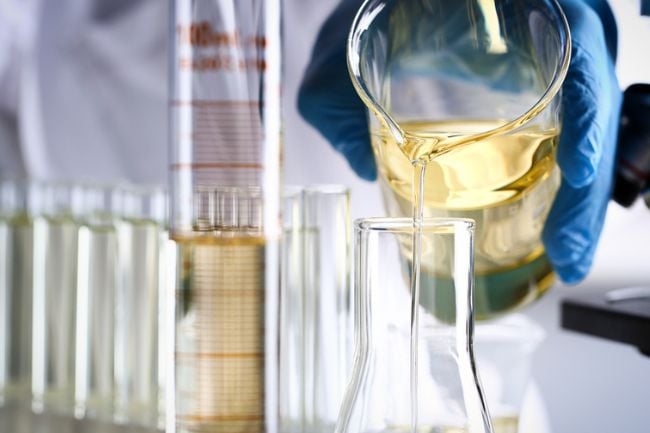
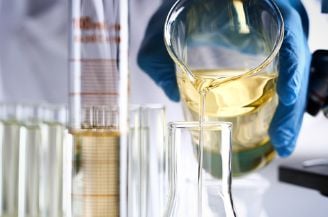
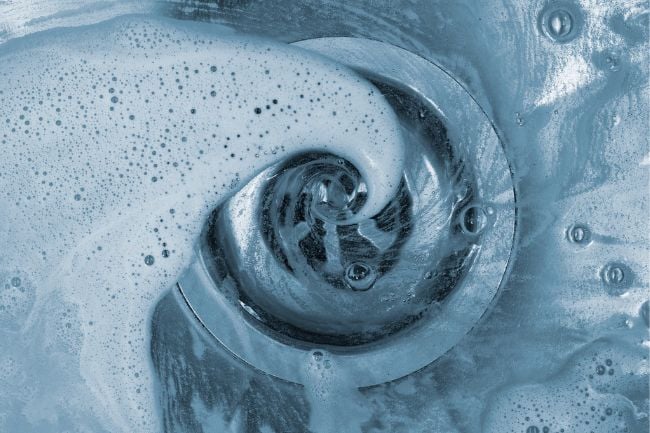
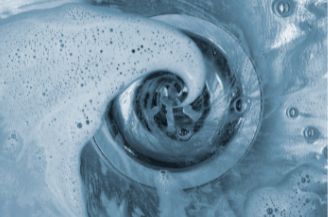
We know the surfactants serve essential functions in our formulation, so how can we lose the dioxane without losing the efficacy or processing features along the way?
That's the technical challenge of replacing these workhorse ingredients. Ethoxylated surfactants are pervasive across the supply chain precisely because they provide a long list of useful functions and features to product makers and product users. Additionally, the varying structures of the surfactants and their ability to perform together as a primary or secondary ingredient allow attributes to be adjusted in the lab to meet a customer’s performance objectives. For example, a primary surfactant might cleanse and generate foam, while the secondary surfactant maximizes stability and texture while maintaining mildness.
Given these application-specific attributes, there are a variety of corresponding performance issues formulators can encounter when making ingredient changes and attempting to balance primary and secondary surfactants. The ratio of anionic to nonionic surfactant is essential for product stability. For example, substituting an anionic surfactant such as sodium lauryl sulfate to decrease the dioxane level can produce too much foam, a problem in some cleaning products. Another technical factor that can affect performance is hydrophilic–lipophilic balance (HLB), a scale that helps cleaning formulators match the proper emulsifier to the different types of soils or stains being removed.
What about the new bio-based surfactants? Can these new classes of surfactants solve the dioxane challenge and benefit my product line?
Yes, and there are more options than ever. As we begin to know more about concerning ingredients like dioxane and other volatile organic compounds – and as consumers seek out safer and more sustainable options – the industry has responded by innovating new classes of naturally derived surfactants that not only perform well from a cleaning and emulsifying standpoint but also from a sustainability standpoint, delivering on factors like skin gentleness, cold-water performance, renewable feedstock sources and biodegradability.
Here are a few new ingredient classes we’re sourcing for solutions in our labs and development centers:
- Enzymes and probiotics are an exciting new class of materials being used to innovate across cleaning applications. These biological ingredients can replace a portion of the ethoxylated surfactant to bring dioxane levels below the new limits with excellent cleaning and odor-removing performance – all while allowing cleaning manufacturers to tout natural-ingredient claims and maximize sustainability goals.
- Glucosides are 100% bio-based, nonionic surfactants that can help reduce dioxane levels without sacrificing cleaning performance or product stability. Sourced from plants such as corn, wheat, potato, palm and coconut, glucosides are considered safe and mild to the skin and eyes and are increasingly being sourced as clean, more sustainable alternatives to oil-based surfactants.
- Sophorolipids are biosurfactants in the glycolipid class that can replace ethoxylated surfactants in certain cleaning applications. Derived from vegetable sources such as corn/canola oil and sugar, sophorolipids are specially designed for performance, stability and sustainability, and work particularly well on either end of the HLB scale. They offer formulations low usage rates, low skin irritants and no toxic byproducts.
Can you discuss any real-world examples of these newer surfactants?
At the Houston Solution Center, our homecare and industrial cleaning lab recently concluded an exciting, dual-enzyme project, resulting in the development of a new heavy-duty laundry formulation for athletes and gym enthusiasts. With consumers seeking household cleaning products that are safe and gentle for people and the planet, but tough on organic and DNA-based stains like grass and sweat, our innovation chemists developed an enzymatic athletic laundry detergent for the rapidly expanding health and wellness segment.
As the team discussed specific market drivers and application needs, and analyzed potential formulations in our lab, we realized we could develop a stable laundry formulation using enzymes as the hero ingredient that would perform well in cold and ambient water – while also reducing 1,4-dioxane to the new compliance limits.
Our performance testing proved how these all-natural enzymes removed the DNA to clean the odor-causing bacteria or protein- and starch-based stains particular to hard-to-clean athletic clothing with synthetic fabrics that can trap odors and bacteria over time. Testing further showed the enzymes out-performing other detergents in stain fighting and odor removal.
The finished product gives customers a compelling competitive advantage in the growing wellness space, while reducing dioxane levels to the acceptable lower levels.
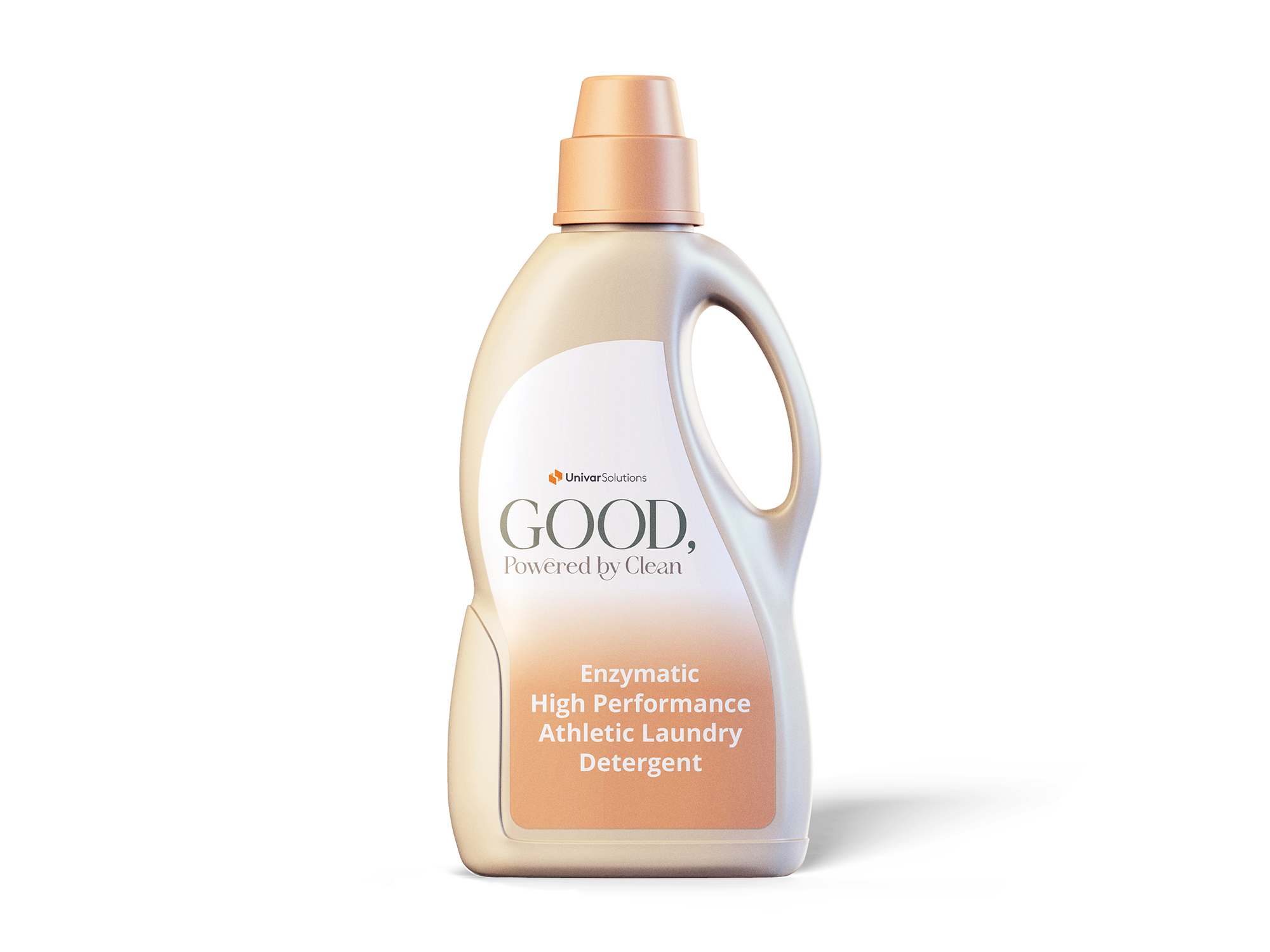
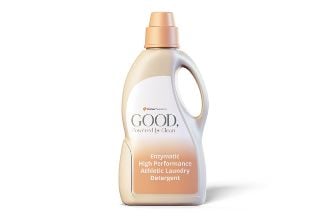
Now that I know more about reformulation options, is it possible to shorten the reformulation process?
With time and cost as key drivers, our technical experts have developed starter formulation kits to give you a valuable head start to reduce or eliminate 1,4-dioxane in common cleaning products. Already lab approved and quality tested, the Conscientiously Clean formulation kit developed by the Houston Solution Center works well across many applications, including all-purpose cleaners, shower/tub/tile cleaners, manual dish soaps and a 3x liquid laundry formulation.
Formulators gain back essential R&D time without sacrificing the ability to adapt the final product to a particular market segment, production line or business driver. Even the athletic laundry detergent application above will soon be launched as a formulation kit so companies can use the lab-tested formulas as a starting point to create their own custom products.
Beyond the formulation kits, we routinely share existing formularies to help our customers save time and troubleshoot problems. Our technical teams are continually watching for what’s next on the horizon, staying ahead of the latest trends and technologies, in addition to the innovations happening in our global Solution Centers and with our supplier partners. All of these give even smaller players more time-saving options and confidence in achieving better outcomes when reducing or eliminating dioxane or other problematic ingredients.
Do you need a custom solution or help determining alternatives for 1,4-dioxane in your cleaning product or formulation?
When success is in the details, we can help.
You've taken a critical first step by learning more about the application-specific challenges involved with formulating away from 1,4-dioxane. Our experts can help you compare alternatives based on your specific business drivers. Whether you need assistance with calculations, have questions about swapping surfactants or the starter kits, or want to explore a complete reformulation, the Univar Solutions HIC lab can help to stay ahead of 1,4-dioxane challenges.



